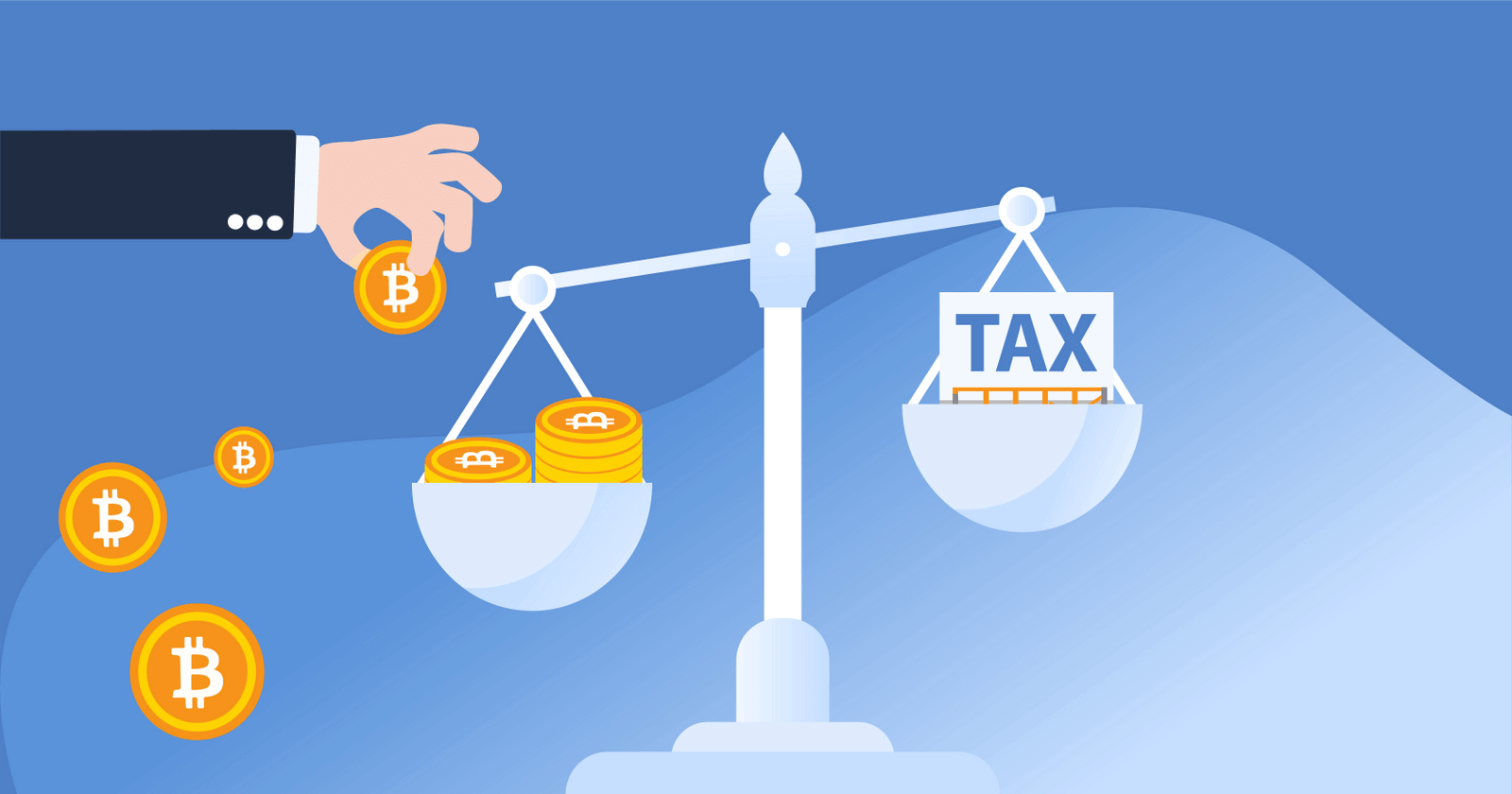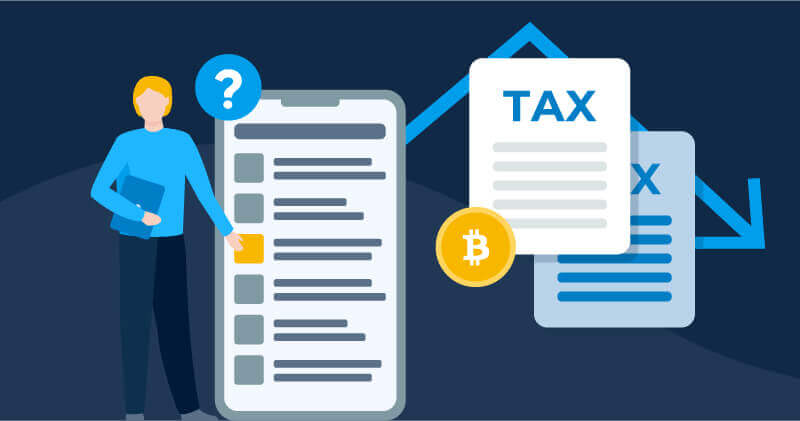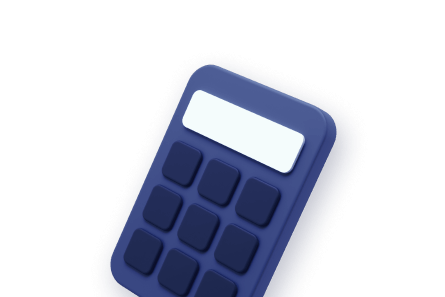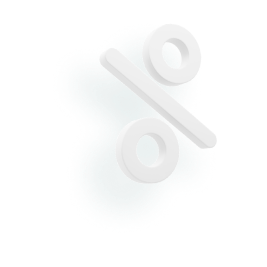.jpg)

Key Takeaways
- Bitcoin Ordinals are the equivalent of NFTs on the Bitcoin blockchain.
- Already, thousands of Ordinals have been inscribed and are available to trade on marketplaces like Ordinals Wallet and MagicEden!
- Bitcoin Ordinals have the potential to bring new investors and developers to the Bitcoin blockchain!
What are Bitcoin Ordinals?
.jpeg)
Bitcoin Ordinals are the equivalent of non-fungible tokens (NFTs) on the Bitcoin blockchain.
NFTs gained popularity on the Ethereum blockchain in 2020. While the NFT ecosystem boomed on other blockchains, Bitcoin was largely unaffected.
The introduction of Ordinal inscriptions changed this. Ordinals — which may be images, assets, and other multimedia content — are embedded directly into satoshis (the smallest unit of BTC, equal to 0.00000001 BTC). These satoshis can then be bought, sold, and traded just like traditional NFTs.
How do Bitcoin Ordinals work?
.jpeg)
In the past, each unit of BTC was identical and interchangeable (or in other words, fungible) — just like dollar bills.
Now, individual satoshis can be embedded with unique media that differentiate it from other units of Bitcoin. These satoshis are non-fungible tokens — or in other words, NFTs.
Most NFTs on other blockchains which store media off-chain. However, Ordinals can store up to 4MB of data on the Bitcoin blockchain — which means Ordinals benefit from security of the Bitcoin blockchain.
Why should I care about Bitcoin Ordinals?
Here’s why Bitcoin Ordinals matter for the Bitcoin ecosystem.
Billions of dollars of value: The NFT market could generate more value to the Bitcoin blockchain. At the time of writing, it’s estimated the global NFT market is worth upwards of $70 billion.
New Bitcoin users: Since 2020, artists and developers interested in NFTs have flocked to other blockchains. It’s possible that Bitcoin ordinals can bring these NFT enthusiasts to the Bitcoin ecosystem.
Increased demand in the long-term: Ordinals may increase the demand for Bitcoin block space. This could potentially increase Bitcoin’s demand in the future, as block rewards dwindle with each Bitcoin halving.
How to buy a Bitcoin Ordinal
Trading Bitcoin Ordinals involves several steps:
- Set Up a Wallet: Use a wallet that supports the Ordinals protocol. Popular options include Ordinals Wallet, XVerse, and Phantom Wallet.
- Fund Your Wallet: Ordinals are usually priced in BTC. To purchase an Ordinal, you should fund your wallet with BTC.
- Choose a Marketplace: Platforms like Ordinals Wallet and MagicEden allow you to trade Ordinals.
- Trade Ordinals: Browse the marketplace for Ordinals you are interested in. Once you find an Ordinal you wish to buy, you can make a purchase.
Bitcoin Ordinals vs. NFTs
The primary difference between Bitcoin Ordinals and traditional NFTs lies in data storage.
How do traditional NFTs work?: Traditional NFTs typically store data off-chain with a reference link in the blockchain. In the past, NFTs have been criticized for this set-up, where a server crash can lead to the assets being permanently inaccessible.
How do ordinals work?: Ordinals store data on-chain, meaning that it is permanently stored on the Bitcoin blockchain. However, this setup leads to size limitations and higher transaction fees.
While Ethereum NFTs still have a bigger market cap than Bitcoin Ordinals, Ordinals may be popular for users who prefer the Bitcoin blockchain and want to own their non-fungible tokens on-chain.
Popular Bitcoin Ordinal collections
Let’s walk through a few popular Bitcoin Ordinal collections.
Ordinal Punks: Ordinal Punks is a collection of 100 unique characters inspired by the popular Ethereum NFT collection CryptoPunks. Ordinal Punks were part of the first 650 inscriptions on the Bitcoin blockchain.
Taproot Wizards: Taproot Wizards is a collection of more than 2,000 magical wizard images. The images are based on an image created by the reddit user u/Mavensbot as an advertisement for the r/Bitcoin subreddit.
TwelveFold: TwelveFold is a collection featuring 300 generative art pieces. TwelveFold was developed by Yuga Labs — the team behind Bored Ape Yacht Club!
BTC DeGods: DeGods is a collection that was originally created on Solana but was later migrated to Bitcoin.
Ordinal Maxi Biz: Ordinal Maxi Biz is a profile picture collection of more than 5,000 images. OMB is based on the ‘Bitcoin laser eyes’ meme made famous by the Bitcoin community on X.com. The team behind OMB created a campaign where CryptoPunk owners could burn their NFTs and inscribe them on Bitcoin in exchange for a spot on OMB’s allowlist.
The History of Bitcoin Ordinals
Bitcoin Ordinals emerged following Bitcoin's Taproot upgrade in November 2021, which allowed the blockchain to better handle complex transactions and store more data efficiently.
Bitcoin Ordinals were then introduced by developer Casey Rodarmor in January 2023.
Bitcoin Ordinals took off in popularity almost immediately. By March 8, 2023, 100,000 inscriptions had been created on the Bitcoin blockchain. The same month, MagicEden introduced Ordinal trading on its popular NFT marketplace.
Why do I need an Ordinal-specific wallet?
To manage Bitcoin Ordinals, you should use a wallet that supports the Ordinal protocol.
These wallets can help you accurately track and transfer without accidentally mixing them with regular, non-inscribed satoshis.
As noted earlier, popular wallets for Ordinals include The Ordinals Wallet, XVerse, and Phantom Wallet.
The debate around Bitcoin Ordinals
The introduction of Bitcoin Ordinals has sparked debate in the BTC community,
The argument for Bitcoin Ordinals: Proponents argue that Ordinals increase Bitcoin's utility and attract new users and developers.
The argument against Bitcoin Ordinals: Many critics of Ordinals see NFTs as a scam and are concerned that Ordinals increase network demand, which could raise transaction fees and network congestion.
How are Bitcoin Ordinals taxed?
Bitcoin Ordinals are taxed similarly to other NFTs. Buying an Ordinal with BTC or selling a Bitcoin Ordinal is subject to capital gains tax.
For more information, check out our guide to NFT taxes.
In conclusion
While there’s been much debate about the utility of Ordinals, one thing is for certain — the technology has brought thousands of new investors and developers to the Bitcoin ecosystem.
Frequently asked questions
How we reviewed this article
All CoinLedger articles go through a rigorous review process before publication. Learn more about the CoinLedger Editorial Process.

CoinLedger has strict sourcing guidelines for our content. Our content is based on direct interviews with tax experts, guidance from tax agencies, and articles from reputable news outlets.






























%20(1).png)





.png)
















